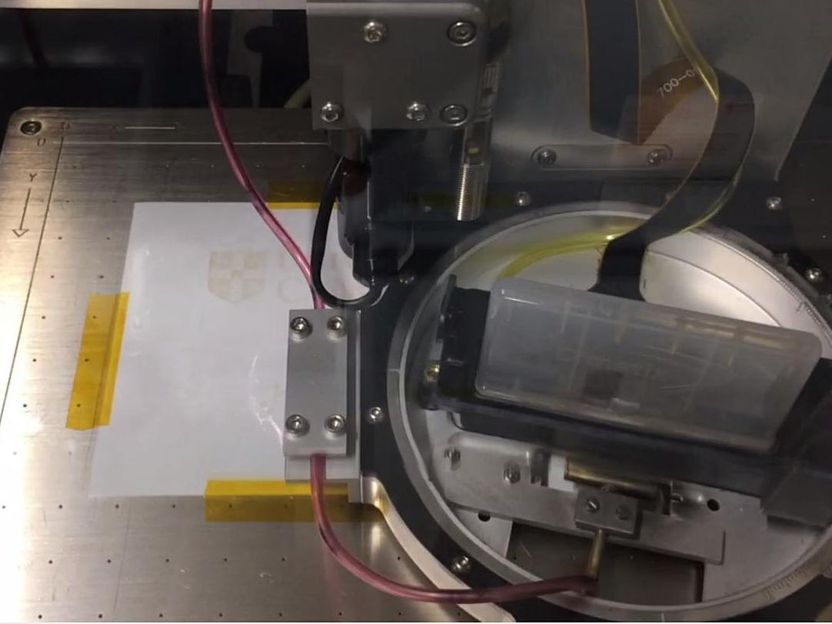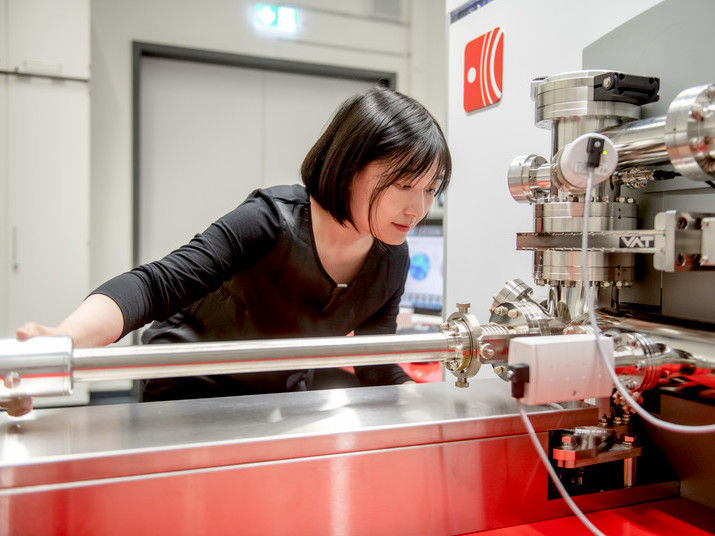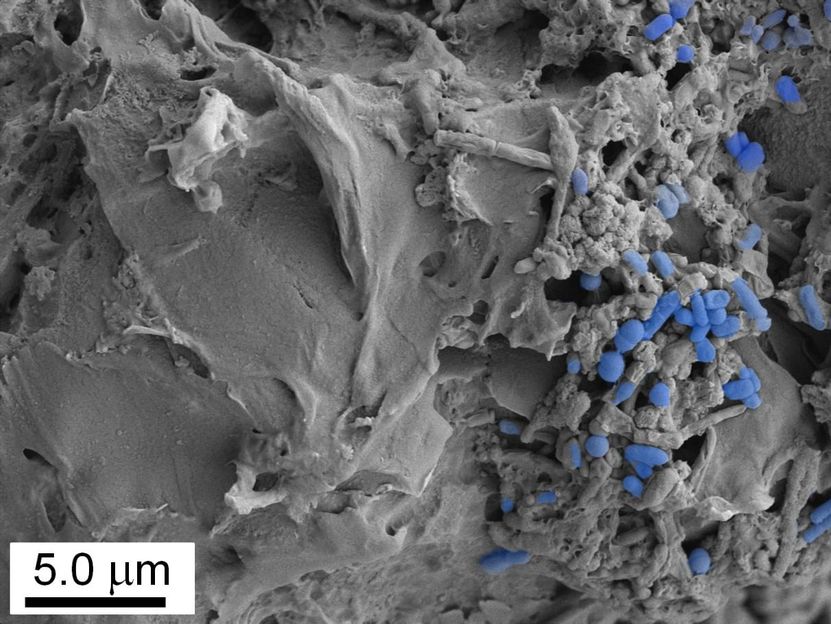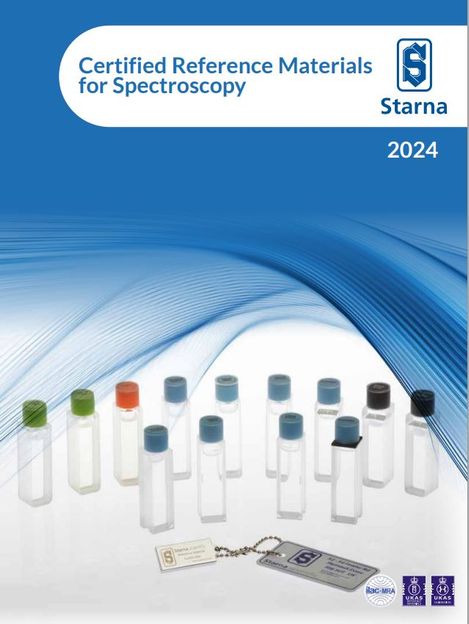Researchers printed graphene-like materials with inkjet
An international research team has developed inks made of graphene-like materials for inkjet printing. New black phosphorous inks are compatible with conventional inkjet printing techniques for optoelectronics and photonics.

Researchers team has developed inks made of graphene-like materials for inkjet printing. New black phosphorous inks are compatible with conventional inkjet printing techniques for optoelectronics and photonics.
University of Cambridge
Since the discovery of the Nobel Prize winning material graphene, many new nanomaterials promise to deliver exciting new photonic and optoelectronic technologies. Black phosphorous is a particularly interesting post-graphene nanomaterial for next generation photonic and optoelectronic devices. Yet despite remarkable performance in the lab, practical real-world exploitation of this material has been hindered by complex material fabrication and its poor environmental stability. "Our inkjet printing demonstration makes possible for the first time the scalable mass fabrication of black phosphorous based photonic and optoelectronic devices with long-term stability necessary for a wide range of industrial applications", tells Professor Zhipei Sun at Aalto University in Finland.
Scientists optimized the chemical composition to achieve a stable ink through the balance of complex and competing fluidic effects. This enabled the production of new functional photonic and optoelectronic devices by inkjet printing with excellent print quality and uniformity - just like the printing of intricate graphics or photographs on paper. The researchers' work demonstrated the benefits of their novel technique by inkjet printing devices that take advantage of the properties of black phosphorous, not least its semiconducting bandgap that can be readily varied by engineering the number of atomic layers and can cover the visible and near-infrared region of the electromagnetic spectrum.
The researchers also demonstrated printed black phosphorous based nonlinear optical devices that can be easily inserted into lasers to act as ultra-quick optical shutters, converting a continuous beam of laser radiation into a repetitive series of very short bursts of light suited for industrial and medical applications, such as machining, imaging and sensing. In the study, black phosphorous was also able to act as an efficient and highly-responsive detector of light, extending the wavelength range over which conventional silicon-based photodetectors can operate.
Importantly, the researchers showed that the black phosphorous ink can be seamlessly integrated with existing complementary metal-oxide-semiconductor (CMOS) technologies, while the inkjet printing technique developed offering the prospect of supporting the fabrication of so-called heterostructured materials that aim to capitalize on the benefits of distinct, yet complementary properties of multiple nanomaterial layers through controlled fabrication.
The new ink was developed by an interdisciplinary team of international researchers at Aalto University, University of Cambridge (UK), Imperial College London (UK) and Beihang University (China). The research was supported by the Academy of Finland, Tekes - the Finnish Funding Agency for Innovation, Nokia Foundation and European Commission.
Original publication
Other news from the department science

Get the chemical industry in your inbox
By submitting this form you agree that LUMITOS AG will send you the newsletter(s) selected above by email. Your data will not be passed on to third parties. Your data will be stored and processed in accordance with our data protection regulations. LUMITOS may contact you by email for the purpose of advertising or market and opinion surveys. You can revoke your consent at any time without giving reasons to LUMITOS AG, Ernst-Augustin-Str. 2, 12489 Berlin, Germany or by e-mail at revoke@lumitos.com with effect for the future. In addition, each email contains a link to unsubscribe from the corresponding newsletter.
Most read news
More news from our other portals
Last viewed contents
Ectonucleotidase
Agilent Technologies, BIA Separations GmbH sign agreement giving Agilent access to BIA Separations' bio-monolitic technology
Category:Pharmacies

Programmable synthetic materials - In the future, MOFs could form the basis of programmable chemical molecules

Study shows that ingestion of microplastics alters gut microbiota - CSIC researchers have discovered that the digestion of microplastics can decrease the amount of beneficial bacteria present in the colon.
New Blood Glucose Testing System Helps Reduce Pain, Delivers Fastest -- Five Second -- Test Time for People with Diabetes - ONE TOUCH® Ultra System Lowers Barriers to Self-Monitoring for Many People
Bayer Polymers and PolyOne form Joint Venture - Polyurethanes systems house in North America brings Bayer Polymers even closer to its customers
European chemical engineers call for less reliance on fossil fuels
Category:Gilead_Sciences
Xenoestrogen


























































